Cats have fascinated humans for centuries with their intriguing behaviors and unique personalities. One aspect that often captivates cat owners is the varying levels of playfulness displayed by these feline friends. While some cats are like dynamite waiting to explode with energy, others seem to prefer the comfort of a cozy nap over the excitement of a feather toy. In exploring the reasons behind this diversity in playfulness, we delve into a genetic perspective that sheds light on why some cats are more playful than others.
Understanding Playfulness in Cats
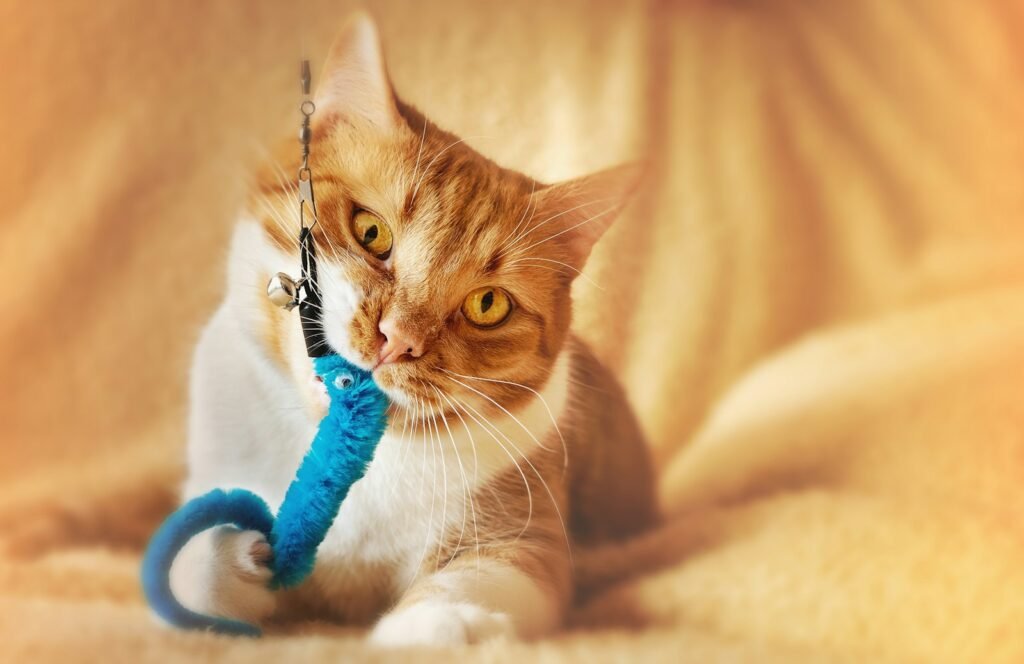
Playfulness in cats is a complex behavior influenced by a combination of genetic and environmental factors. This behavior serves multiple purposes, including physical exercise, mental stimulation, and social bonding. For kittens, play is an essential part of development, teaching them vital hunting skills. Adult cats continue to play as a way to relieve stress and engage their instincts.
The Role of Genetics in Cat Behavior
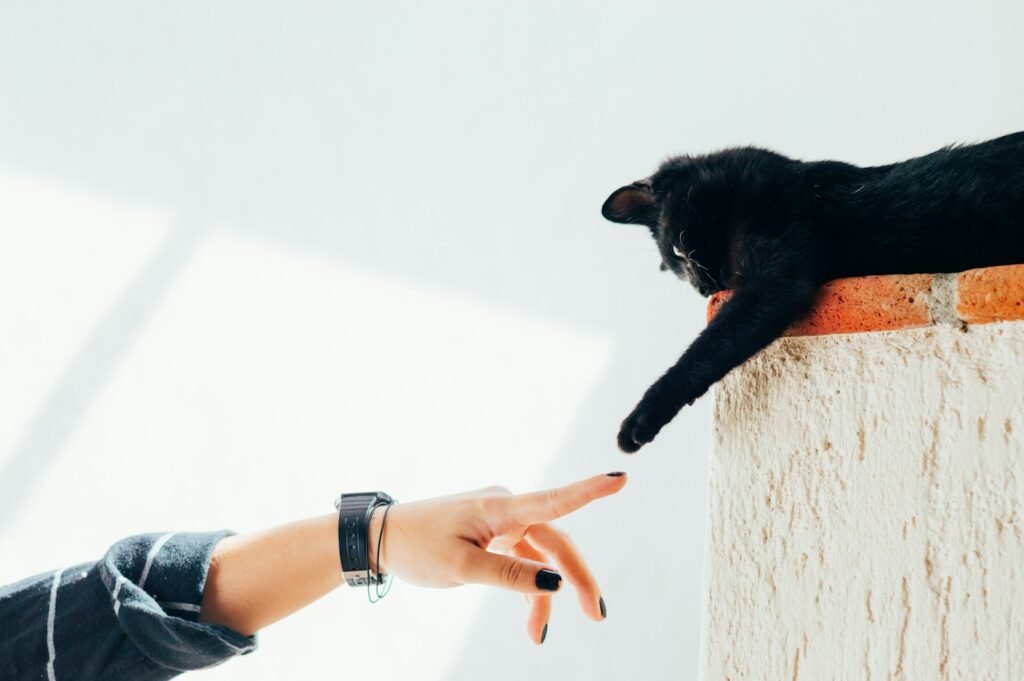
Genetics play a significant role in shaping a cat’s behavior, including their level of playfulness. Certain genes influence personality traits, which can determine whether a cat is more inclined to be active or relaxed. Studies have shown that specific breeds, due to their genetic makeup, tend to exhibit more playful behaviors than others.
Breed Influences on Playfulness
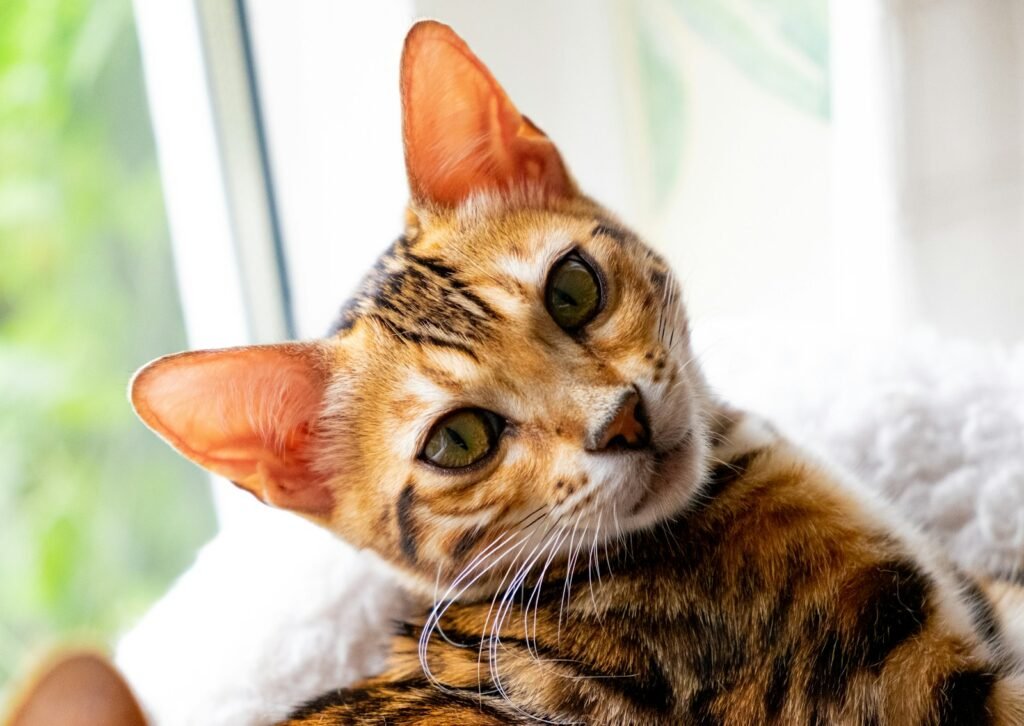
Different cat breeds have distinct levels of energy that affect their playfulness. For example, Bengal cats are known for their high energy and active nature, often requiring more playtime to satisfy their playful instincts. In contrast, Persian cats are generally more laid-back and less motivated by play, reflecting their calmer genetic predispositions.
The Curious Case of the “Hunting Gene”
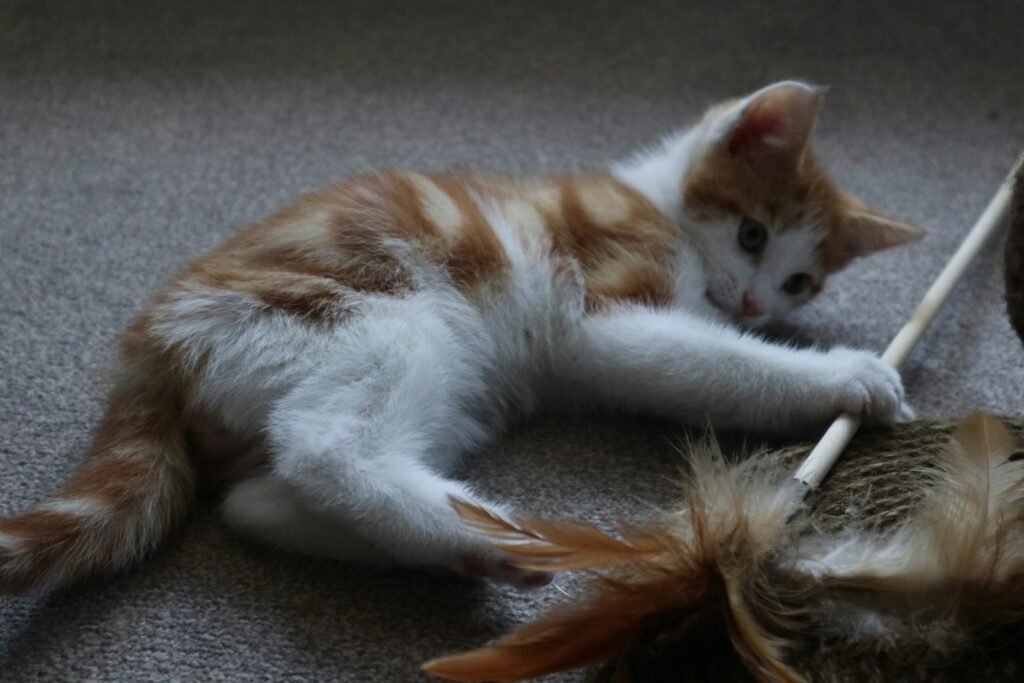
Some research suggests that a specific gene associated with hunting behavior might contribute to a cat’s playfulness. This gene, thought to have developed in wild cats for survival purposes, could lead to increased energy levels and a propensity for playful activities in domestic cats. Cats with this gene might mimic hunting behaviors during play, showcasing their natural instincts.
Impact of Early Socialization
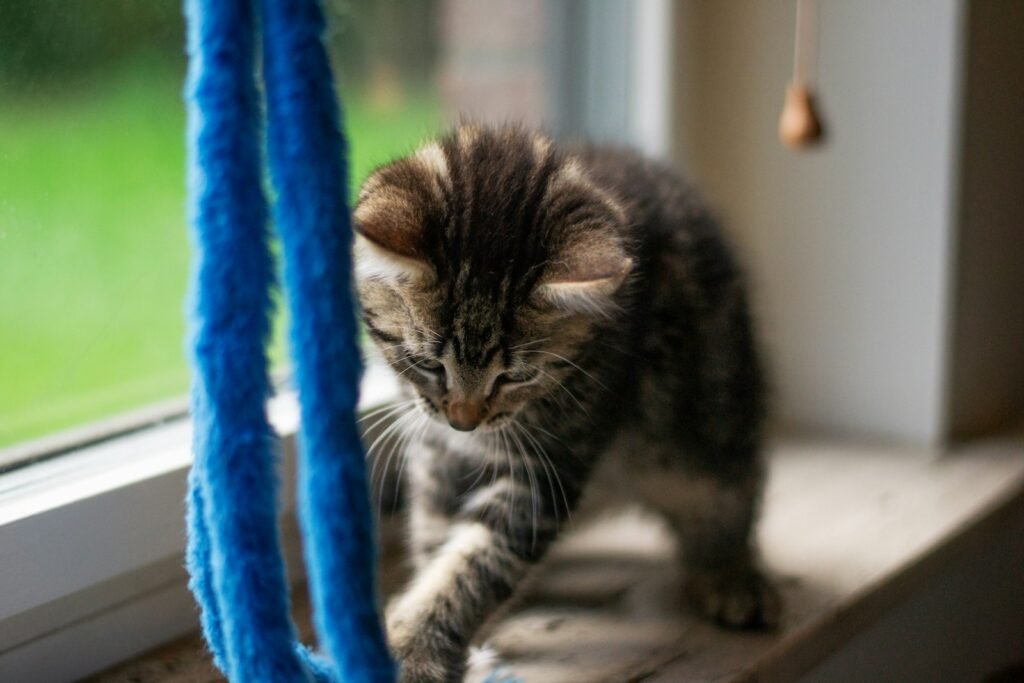
While genetics lay the foundation for a cat’s behavior, early socialization plays a crucial role in the development of playfulness. Cats exposed to a variety of stimuli and play opportunities as kittens are likely to retain these playful behaviors into adulthood. Socialization can enhance or diminish genetic tendencies, highlighting the complex interplay between nature and nurture in feline behavior.
The Influence of Parental Traits
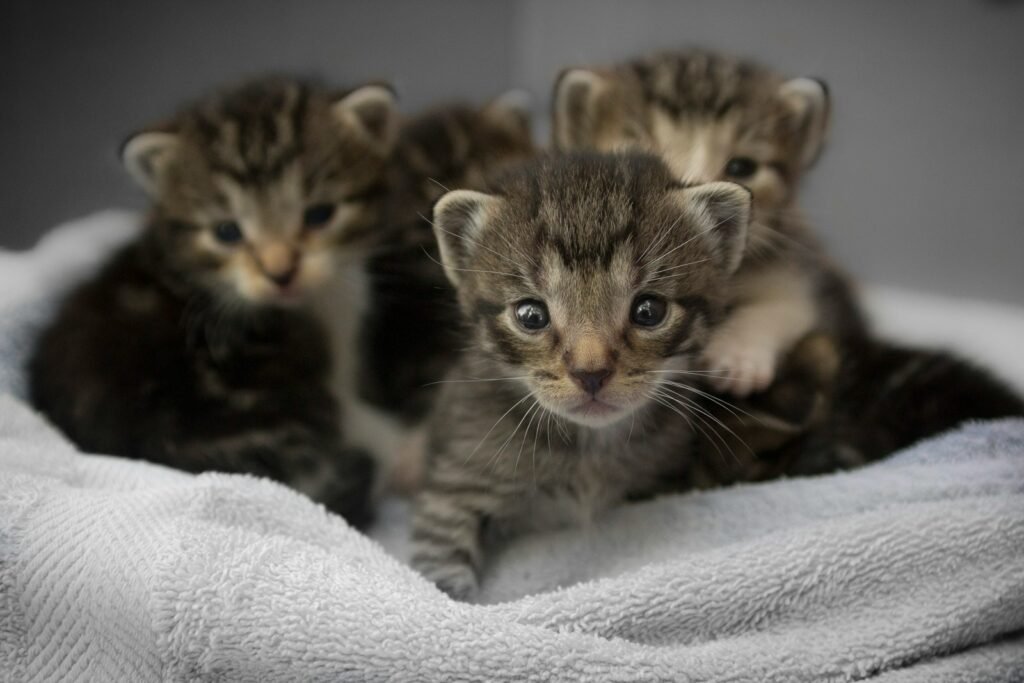
Just as with humans, cats can inherit personality traits from their parents. If a kitten’s parents were particularly active or playful, there is a higher likelihood that the kitten will also exhibit these behaviors. Understanding the lineage of a pet cat can offer valuable insights into its natural inclinations toward play.
Environmental Factors
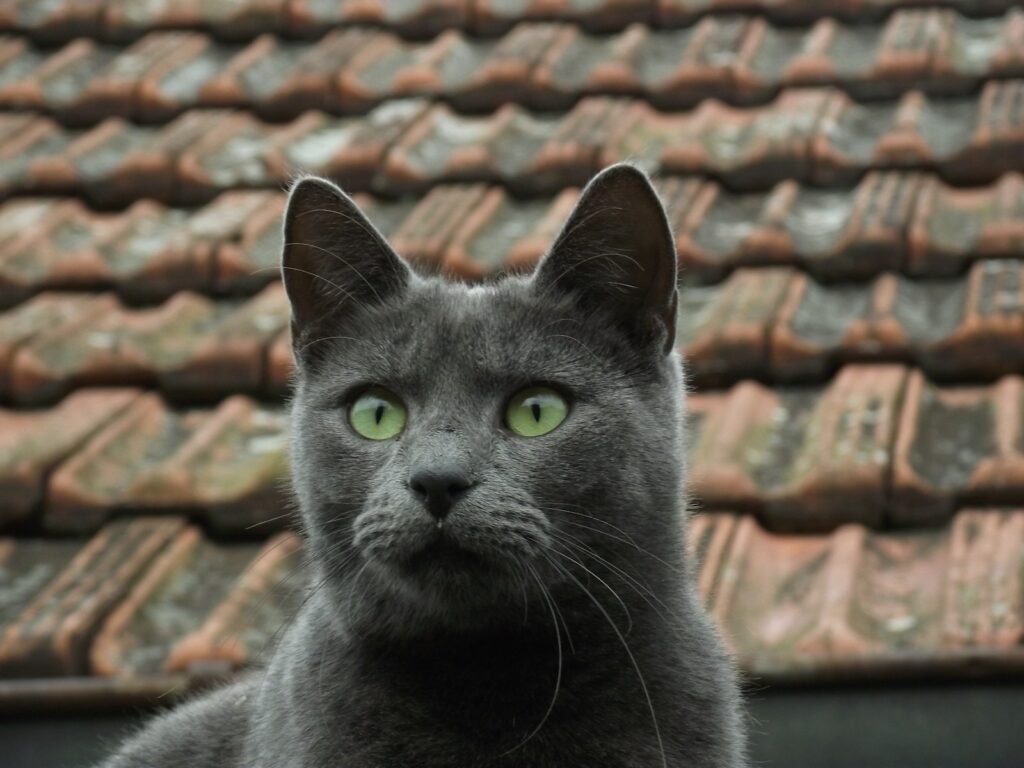
While genetics play a significant role, environmental factors cannot be discounted. A cat’s living situation, including its access to toys and interaction with humans, can heavily influence its level of playfulness. A stimulating environment compliments a cat’s inherent behavioral inclinations, encouraging more active play.
Age-Related Variations
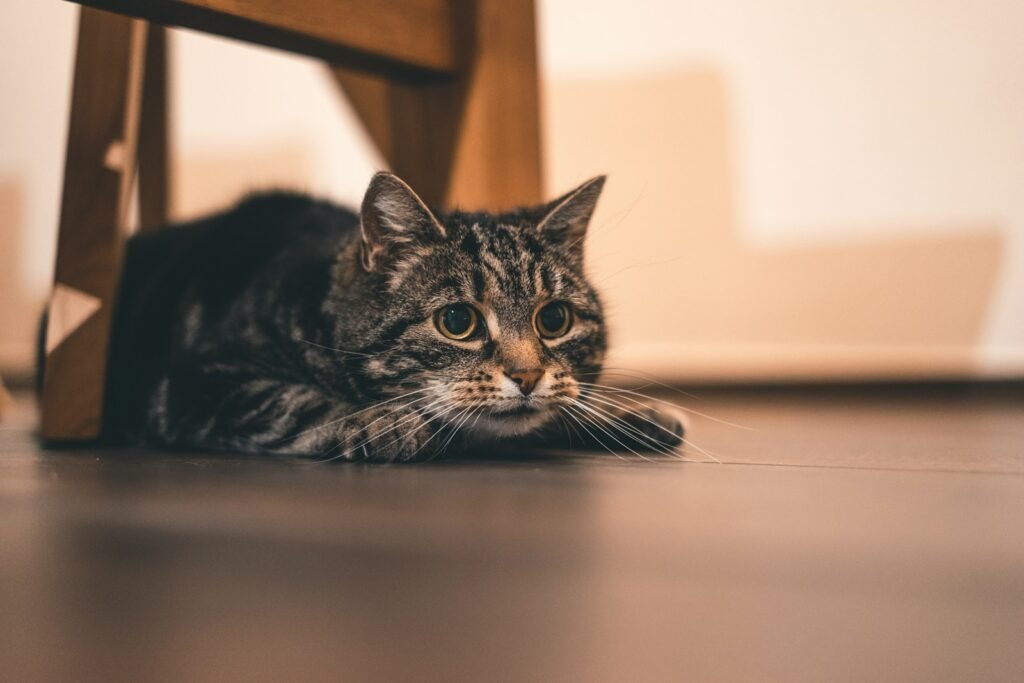
A cat’s age also influences its playfulness, with kittens naturally being more playful than older cats due to their developmental stage. As cats mature, they often become less active, although some retain a playful demeanor throughout their lives, depending on their genetic makeup and health.
Health and Wellness Factors
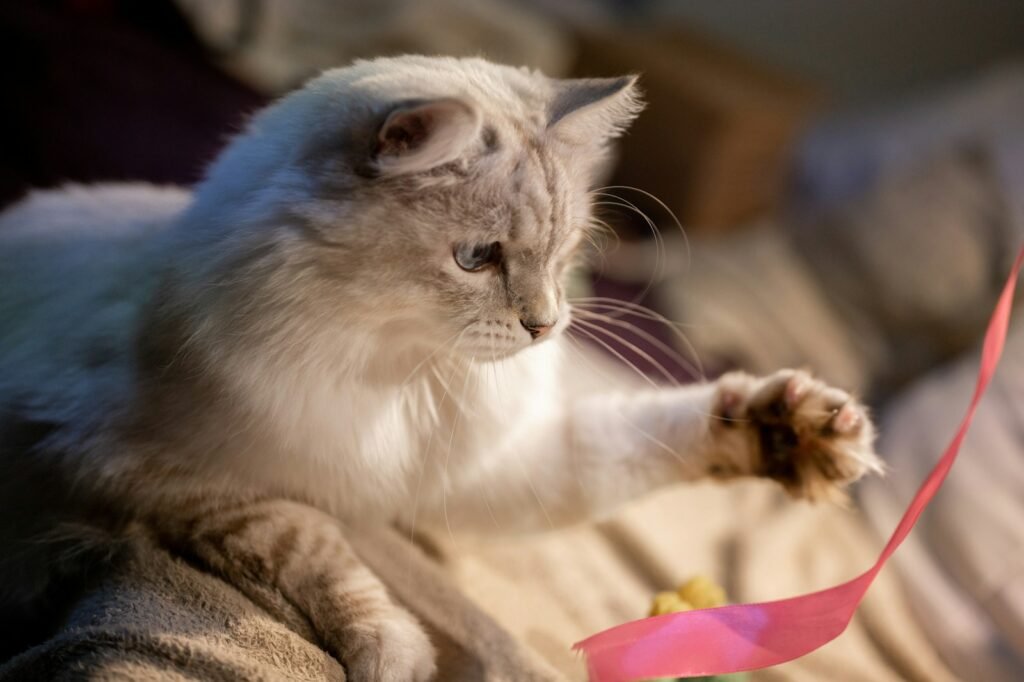
Health issues can impact a cat’s activity level and willingness to play. A cat that appears lethargic or disinterested in play might be experiencing health problems that need addressing. Regular veterinary check-ups can help ensure that health issues do not affect a cat’s natural playfulness.
Enhancing Playfulness in Cats
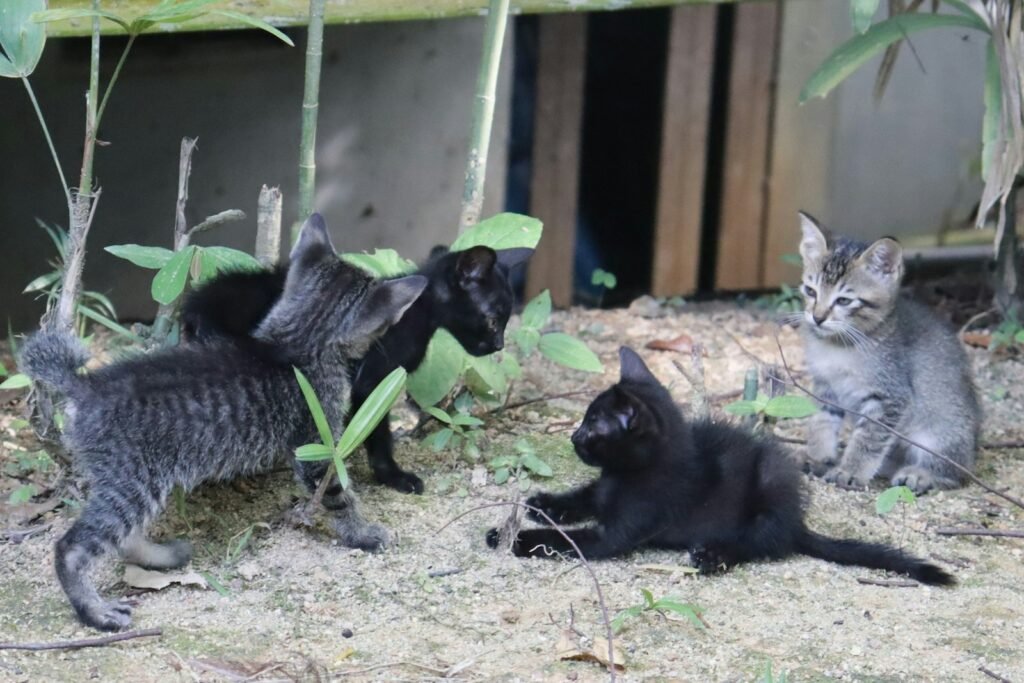
For cat owners looking to encourage playfulness, providing a variety of toys and interactive play sessions can help engage their feline friends. Rotating toys regularly and engaging in daily playtime can stimulate a cat’s natural instincts, making play an enjoyable and bonding experience for both cats and their owners.
Conclusion: Embracing Feline Diversity
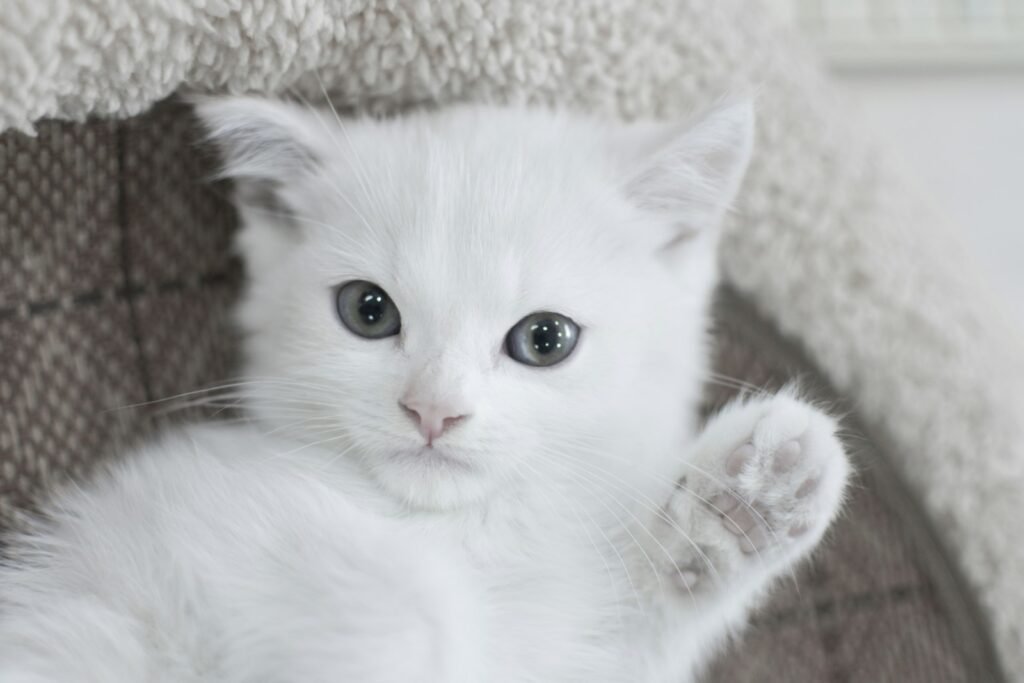
The varying levels of playfulness in cats are a reflection of their complex genetic backgrounds and individual experiences. By understanding the genetic factors that contribute to a cat’s behavior, pet owners can better appreciate and cater to their cats’ specific needs. Whether your cat is a bundle of energy or a calm companion, embracing their unique characteristics enriches the human-feline bond, ensuring a harmonious and joyful coexistence.

Suhail Ahmed is a passionate digital professional and nature enthusiast with over 8 years of experience in content strategy, SEO, web development, and digital operations. Alongside his freelance journey, Suhail actively contributes to nature and wildlife platforms like Feline Fam, where he channels his curiosity for the Feline into engaging, educational storytelling.
With a strong background in managing digital ecosystems — from ecommerce stores and WordPress websites to social media and automation — Suhail merges technical precision with creative insight. His content reflects a rare balance: SEO-friendly yet deeply human, data-informed yet emotionally resonant.
Driven by a love for discovery and storytelling, Suhail believes in using digital platforms to amplify causes that matter — especially those protecting Earth’s biodiversity and inspiring sustainable living. Whether he’s managing online projects or crafting wildlife content, his goal remains the same: to inform, inspire, and leave a positive digital footprint.






